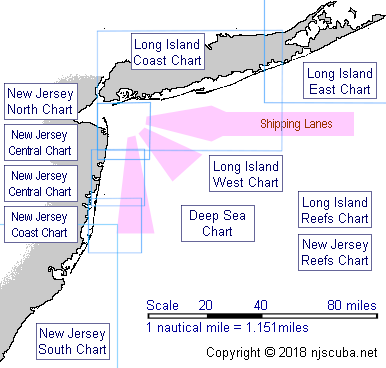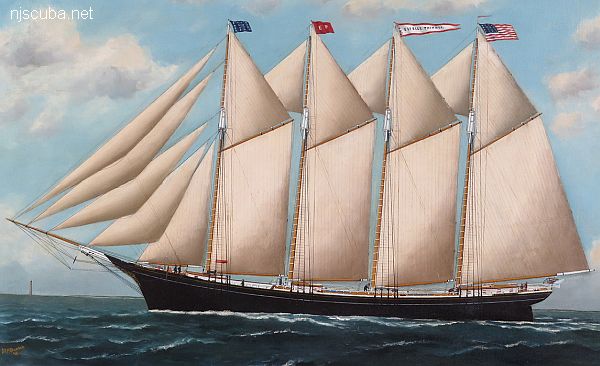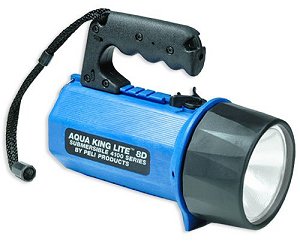New Jersey Dive Sites (30/30)
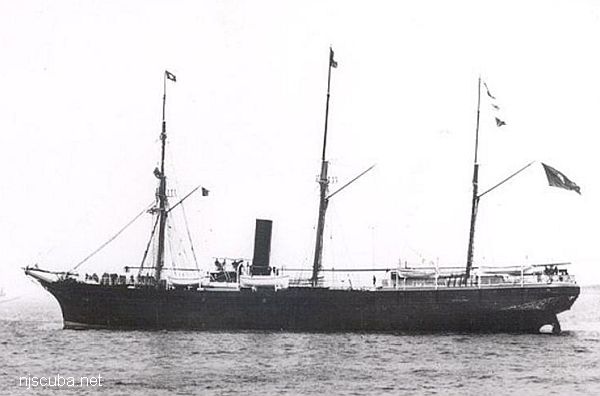
- Type:
- shipwreck, steamer, Spain
- Name:
- Vizcaya is a Basque province in northern Spain. The Basques are a fiercely independent seafaring people of unknown origin.
- Built:
- 1872, England, as Santander
- Specs:
- ( 287 x 38 ft ) 2458 gross tons, 103 passengers & crew
- Sunk:
- Saturday October 30, 1890
collision with schooner Cornelius Hargraves - 60 casualties - Depth:
- 80 ft
More: Vizcaya ...
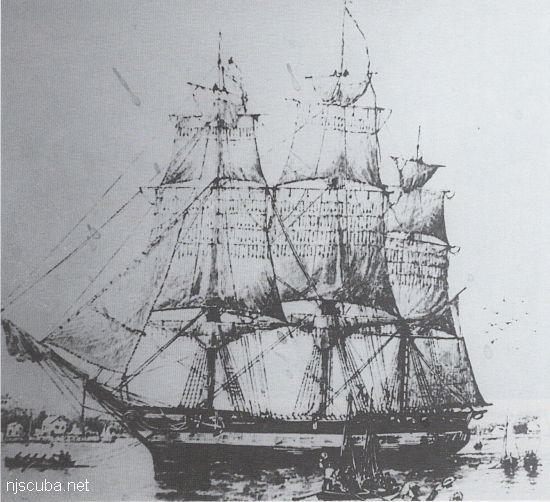
- Type:
- shipwreck, sailing ship, England
- Specs:
- ( 287 x 38 ft ) 2458 gross tons, 300+ passengers & crew
- Sunk:
- Saturday October 22, 1853
ran aground in heavy fog - no casualties - Depth:
- 25 ft
More: Western World ...
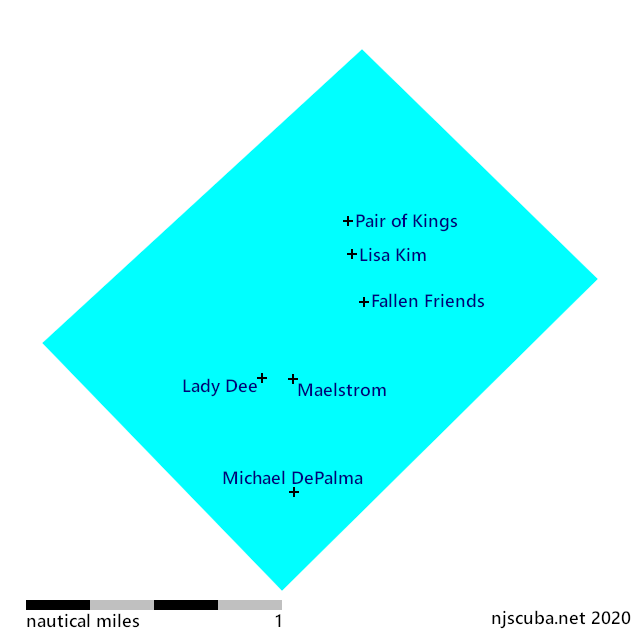
Depth: 40-65 ft
More: Wildwood Artificial Reef ...
- Type:
- shipwreck, barge
- Built:
- 1918
- Specs:
- 1041 tons
- Sunk:
- Monday September 3, 1934
foundered - no casualties - Depth:
- 42 ft
The Diggs was engaged in a salvage operation at the time of her loss and actually settled on top of another shipwreck, of unknown origin. The green blinker buoy for which it is known was removed after the wooden wreck was demolished in the 1970s. Also known as the "Green Blinker Wreck".
More: William B. Diggs ...
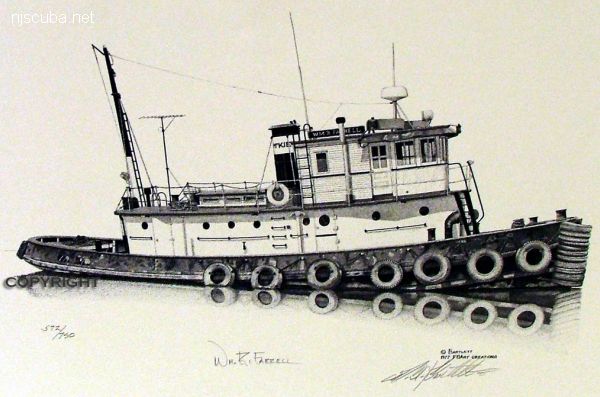
- Type:
- shipwreck, tugboat, USA
- Built:
- 1900
- Specs:
- ( 61 ft )
- Sunk:
- 1979
- Depth:
- 55 ft
More: William R Farrell ...
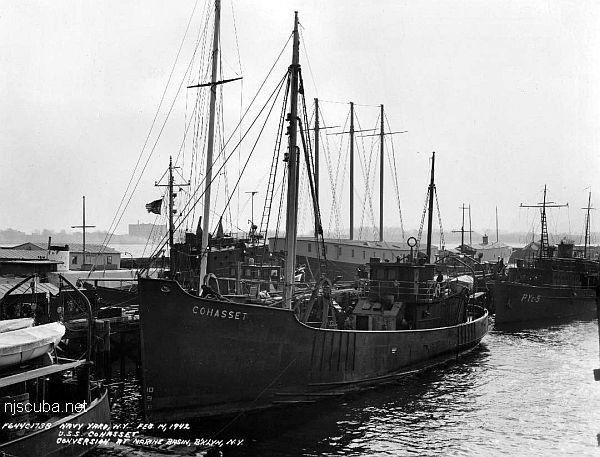
- Type:
- shipwreck, patrol boat, U.S. Navy, converted trawler
- Built:
- 1941, Quincy MA, USA, as Salem
- Specs:
- ( 102 x 22 ft ) 301 tons, 21 crew
- Sunk:
- Wednesday May 20, 1942
collision with collier Jason - 6 casualties - Depth:
- 40 ft
More: YP-387 ...

